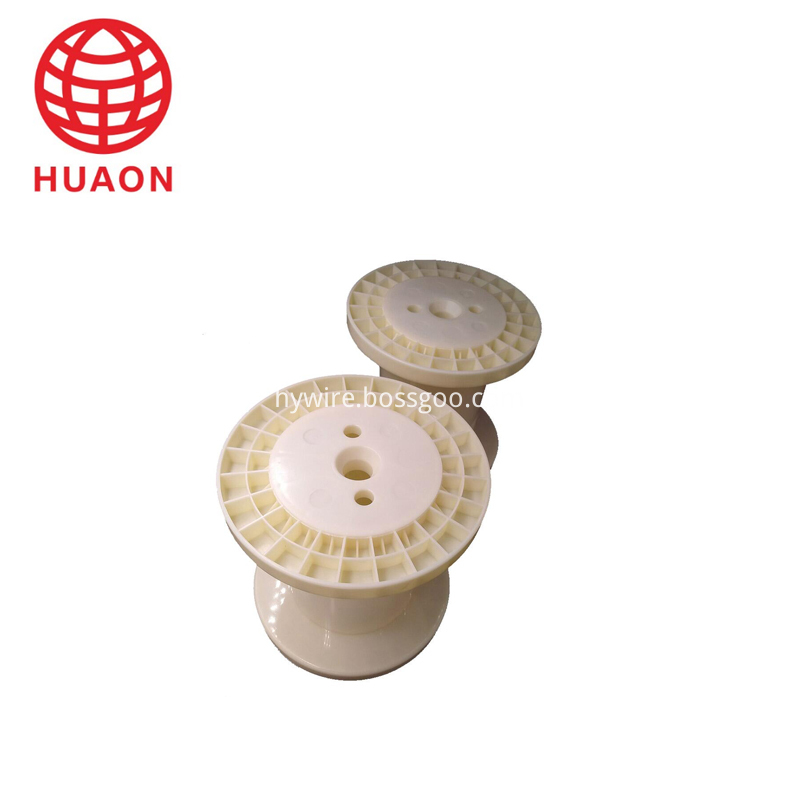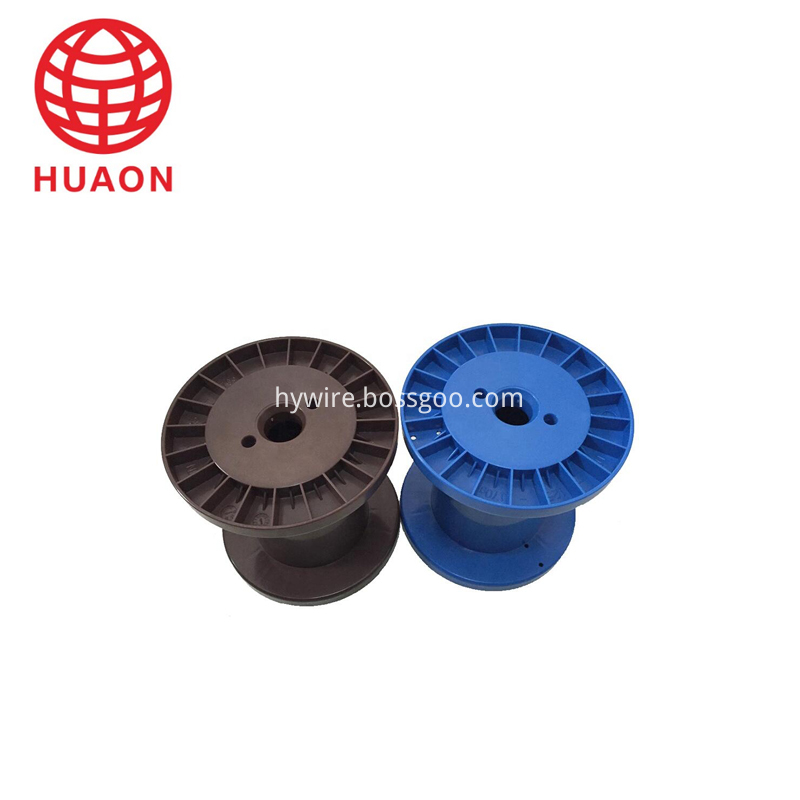Lead: Recently, storage companies have begun to promote the concept of evergreen storage. Essentially, the vendor replaces the customer's storage hardware with the latest, more powerful hardware at some point in the maintenance contract. But the problem is that such replacement is too complete, because the vendor will provide new software, new storage media, and new hardware.

Customers are paying extra for this "service" because the components they need to upgrade are just hardware. In most cases, the software is already the latest version, and storage media (especially flash products) have performed better than they need. These so-called "evergreen strategies" allow customers to pay extra for maintaining the status quo.
The storage system consists of two main components: hardware and software. The pace of their upgrades is completely different. Many vendors update their storage software three to four times a year, and their hardware may remain essentially unchanged for three to four years. In the data center, when the storage vendor releases a new software update, the storage software will receive and upgrade, but the customer's hardware needs a driver to upgrade. The organization will require more performance or more capacity, or both. Unfortunately, most storage vendors do not allow companies to purchase third-party hardware and software.
Bundling system problem
For most vendors, the lowest common denominator is the storage system. It is a unit that contains both hardware and software, and the vendor is bundled in the same maintenance contract. During the contract period, they provide software updates, and if there is a hardware failure, they will solve the problem. If the storage system is low on capacity and there is room for expansion, the storage hardware expansion capacity is added and potential capacity license updates are implemented on the software.
However, customers have problems when they need to replace their storage systems because the system will no longer scale to meet capacity needs or the system will not provide adequate performance. Customers need a new storage controller at this point to provide better performance and/or support more storage capacity.
When customers buy new hardware, they also have to buy new software because the two components are bundled together, even if the customer already owns the software and is the latest version, thanks to the maintenance contract. With a few exceptions, they cannot transfer software licenses from old hardware to new hardware. This is especially ironic because most of today's vendors claim to be "software-defined", but they ignore their market needs in terms of hardware.
The impact on customers is that they not only pay extra for the hardware because they get the hardware from the storage vendor and will pay for the software again. Some vendors have tried to circumvent this problem, claiming that the software is "free" and included in the storage system. IT professionals are also smart, knowing that no product is free, and that free inclusiveness is because customers pay extra for hardware.
Another cost of these upgrades is that, in most cases, vendors force customers to purchase hardware to install new storage media. Customers cannot continue to use the original storage media for the new system. Customers not only have to pay twice for their storage capacity, they also need to go through a complex and time-consuming data migration process.
Can scale-out storage solve the problem?
Vendors may claim that a scale-out solution can solve this problem because customers do not need to purchase a new storage system, just add nodes to an existing storage cluster. Although somewhat correct, most scale-out storage systems may be the slowest node, and end customers want to increase the processing power of a single node. In addition, there are certain restrictions on the scope of customers who want to develop a cluster. While scale-out storage has some value, as the number of nodes increases, managing clusters becomes more complex, as the Internet that keeps dozens of nodes in sync is becoming more complex. A smaller number of powerful nodes are easier to manage and support than dozens of less powerful nodes.
Storage related to software
Storage hardware needs to use flash products to balance market demand, both from a computing perspective and from a media medium perspective. In the early days of shared storage systems, engineers spent a lot of effort to optimize storage performance due to processor power limitations and hard disk-based storage media.
Now, Intel can provide all the performance needed for storage software, and flash products can deliver higher performance than most data centers require. And today's differentiation is related to storage software, so do you have the necessary functionality? Can storage software take advantage of Intel's multi-core processors and flash-based storage media? Does it have the protection and reliability features that organizations need?
Never out of date
IT departments need a “timeless†solution. The solution is to find a vendor that can transfer its software licenses to new storage hardware as hardware needs increase. This approach may mean that the vendor delivers the storage hardware without the associated storage software, or provides the software to the system, but requires the original software key to activate the software's options.
Ideally, the vendor will further enhance its upgrade process and allow customers to move storage media from the original system to the new system (assuming the original system supports drives of the same size). The value of the "carry media forwarding" approach is now to upgrade more powerful systems, because customers buy empty shells without having to go through the migration process, so the price can be lower. The storage software and all its data are already on the drive of the original system. All the customer has to do is install the hard drive and turn on the system and re-run with an updated, more powerful system.
Coraid Solution Introduction
Coraid is a software-defined storage (SDS) solution, but it does provide more turnkey experience hardware. Provides hardware that simplifies the initial installation and enables better organization support. However, unlike most bundled solutions, Coraid licenses software and hardware separately. This means that when a customer upgrades hardware, the customer simply purchases new hardware and transfers the license to it.
In addition, customers can purchase hardware without internal memory, which means that storage media in older systems can be transferred to new systems. In the era of flash-based storage systems, the transfer of storage media has become increasingly important. Using flash memory means that storage media is no longer a bottleneck. In most cases, you must upgrade your hardware to support more flash media, or use more powerful calculations to make your storage software run faster.
in conclusion
One of the long-term goals of the organization is to never have to give up on the investment in storage. This goal has become more realistic with flash media and software-defined storage. In many cases, the only components that need to be changed are the servers that make up the system itself.
But storage vendors need to change their marketization strategies to cover this new reality. They need to separate the software licensing components from the hardware and need to allow the storage media to move to the new system.
| About Plastic Spool |
For package of enameled copper and aluminium wire ,we also product plastic spool.White ,black, blue, and can be producted by requirements of clients.most of products' material are ABS.
PT 25/ PT 60/ PT 90/ PT 200 and DIN 250 and etc.


Product Process:
Material Ready-Production-demolding-deburring-Quality test-packing-shipping.It depends on the parts we made. Besides, we will maintain or replace the mould by ourselves.Hot processing molding, injection molding, extrusion is process of Plastic spool or bobbin.
Plastic Spool,Plastic Small Empty Wire Bobbin,High Quality Plastic Bobbin,Small Empty Wire Bobbin
HENAN HUAYANG ELECTRICAL TECHNOLOGY GROUP CO.,LTD , https://www.huaonwire.com